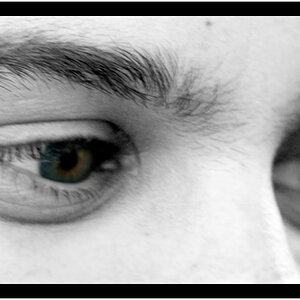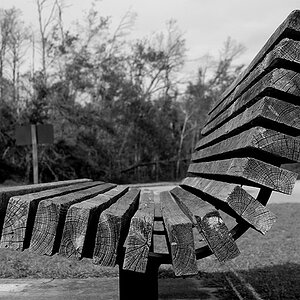NedM
No longer a newbie, moving up!
- Joined
- Jan 6, 2014
- Messages
- 390
- Reaction score
- 64
- Location
- USA
- Can others edit my Photos
- Photos OK to edit
I shot using Ultrafine Extreme ASA 400.
Today, I developed my negatives in the darkroom, and when the negatives were done drying I noticed they were kind of purple-ish.
I showed my professor and he had told me that the lab technician had screwed up the chemicals for developing.
I was really concerned because I bought my film from : UltraFineOnLine Photo Warehouse as recommended by the community here.
What could I do to ensure better development in the darkroom?
Today, I developed my negatives in the darkroom, and when the negatives were done drying I noticed they were kind of purple-ish.
I showed my professor and he had told me that the lab technician had screwed up the chemicals for developing.
I was really concerned because I bought my film from : UltraFineOnLine Photo Warehouse as recommended by the community here.
What could I do to ensure better development in the darkroom?


![[No title]](/data/xfmg/thumbnail/31/31977-2b717e032201241cbeae8226af23eba4.jpg?1619735136)






![[No title]](/data/xfmg/thumbnail/42/42040-7a66cabbeffd44783ea44a91ef4d0e70.jpg?1619739987)
![[No title]](/data/xfmg/thumbnail/37/37613-6b200847731e552bb4bf9ba3bdb80183.jpg?1619738150)
![[No title]](/data/xfmg/thumbnail/32/32178-010a47bfeb945bdafb02b0ee4888290c.jpg?1619735235)

![[No title]](/data/xfmg/thumbnail/32/32176-48b4ba2fc0e35afa267c5882154e7620.jpg?1619735235)